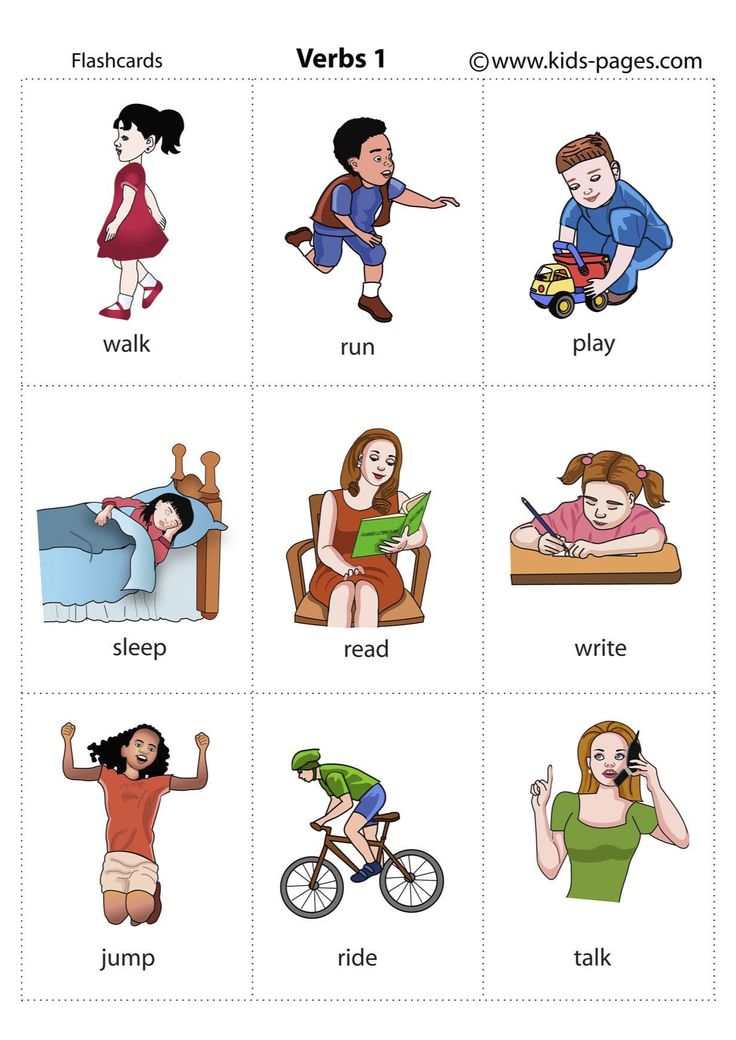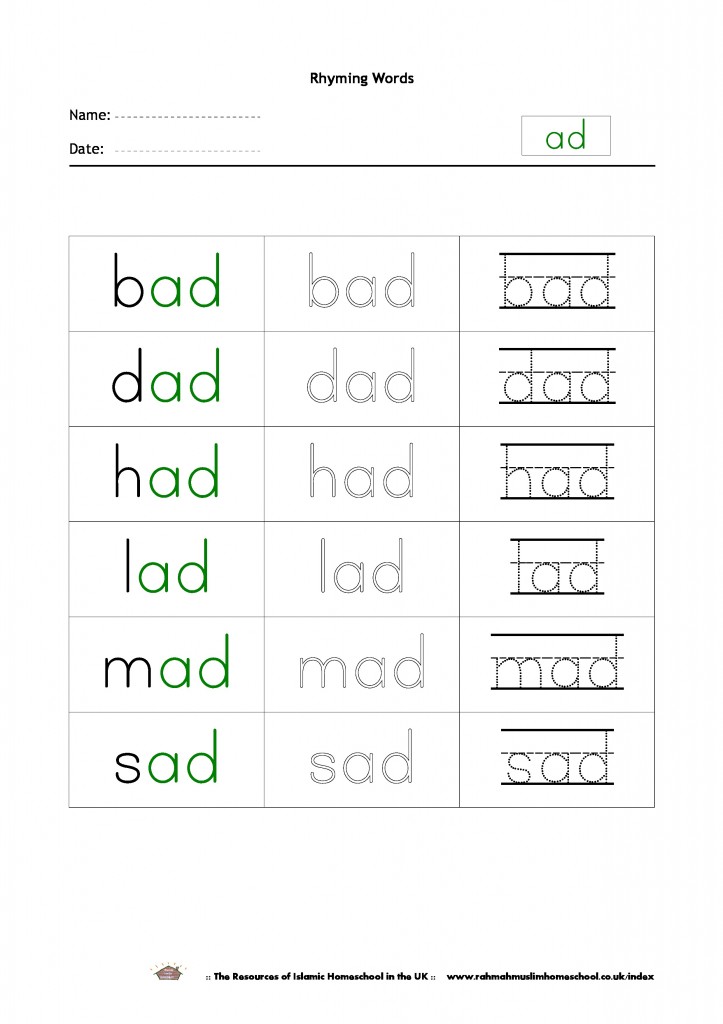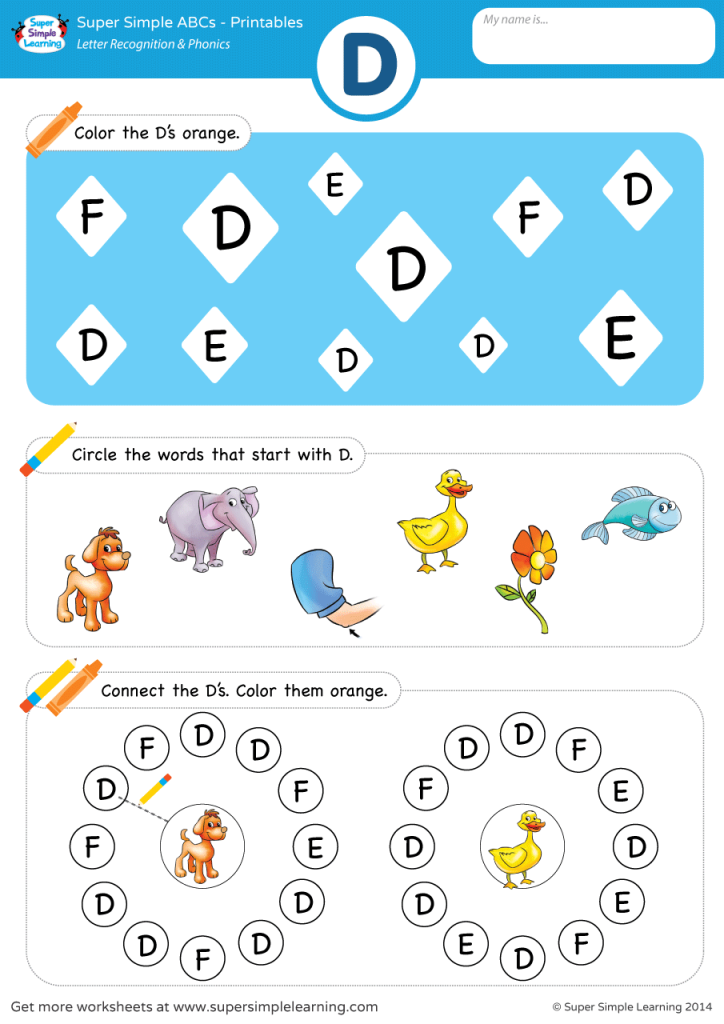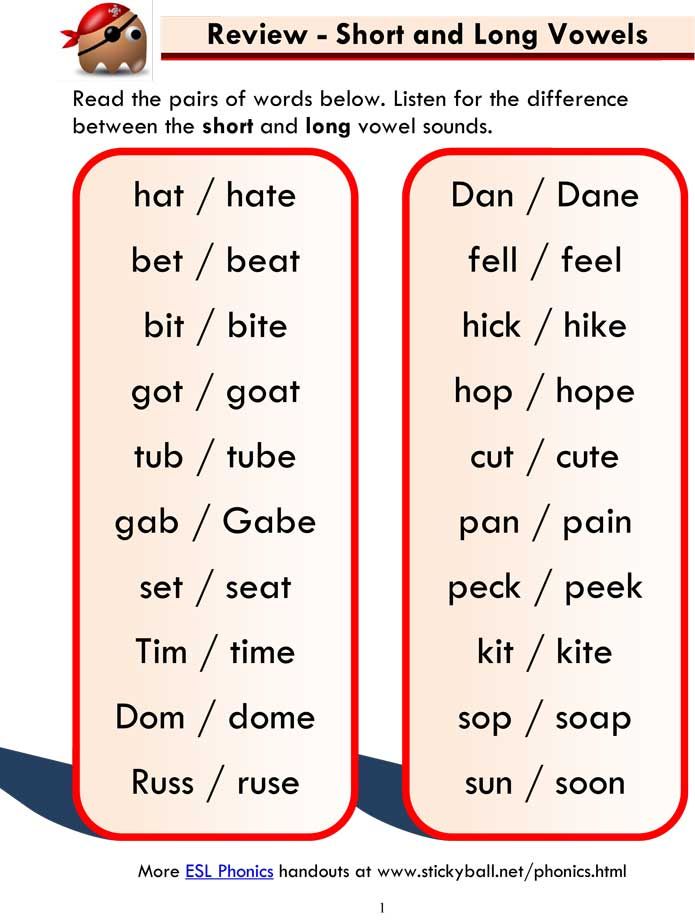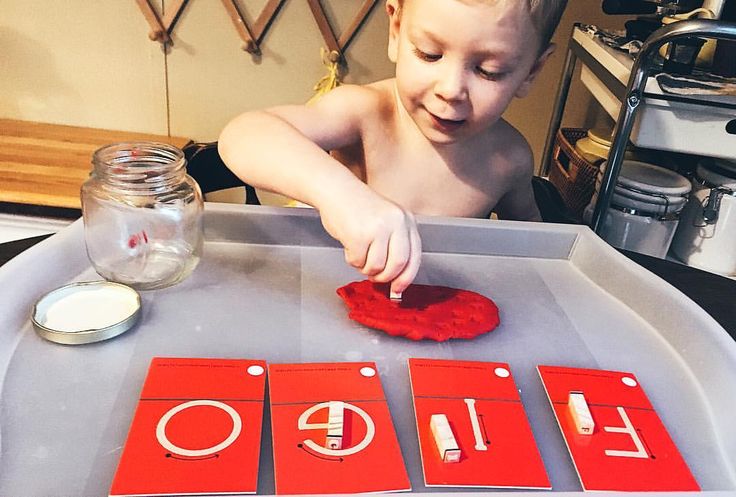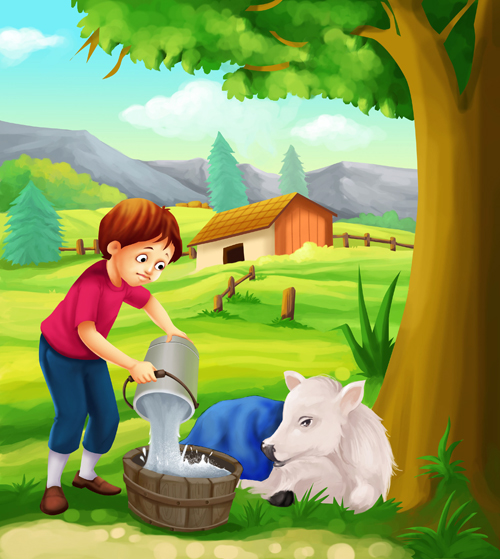Average age to learn abcs
At What Age Should a Child Know the Alphabet?
As children grow, they naturally hit learning milestones. One of the most critical educational milestones a child must reach is learning the alphabet, which prepares them for reading and writing.
But at what age should a child know the alphabet?
In this article, you will learn at what age a child should know how to recite the alphabet, recognize and write individual letters, learn letter sounds, and eventually learn how to read. Read on to make sure your little one is on the right track!
At What Age Should a Child Know the Alphabet?
Recitation
Typically, by the age of three, children should be able to recite the alphabet. However, every child is different. Some toddlers may learn in their twos, and others might not pick it up until the late threes.
Children generally learn how to recite the alphabet through repetition. If you sing the ABC song to your kids often, they are more likely to pick it up quicker, just as they would any song.
Recognition
Most children can recognize letters between the ages of three and four. Most kids will recognize the letters in their name first.
For example, a boy named Jace will probably be able to remember what the letter “J” looks like as well as recognize most other letters in his name. Similar to alphabet recitation, use repetition to teach your children about recognizing individual letters. You may ask them, “What letter is that?” whenever you see an isolated letter.
Writing
By ages four to five, children will start writing letters. Children will learn to write the alphabet in preschool and kindergarten, but it may be beneficial to have your child practice writing his/her letters at home. Most children at this age know that written symbols represent messages and may be interested in writing on their own. One of the easiest ways children learn how to write letters is to begin tracing them.
Additionally, teaching your child how to write his/her name is an important step that will ultimately help them become familiar with writing the rest of the alphabet.
Sounds
By five years old, children will start to associate letters with their accompanying sounds, otherwise known as phonics. In other words, around the age of five, children should be able to reason that the word “book” starts with the letter B.
Children begin learning phonics in kindergarten, which is a vital step to decoding written text and begin reading.
Reading
By six years old, first graders should be able to read words aloud with ease. For the most part, children can recognize sight words and their names. Moreover, children can decode some words by sounding out their letter combinations.
By second grade, a child should be able to sound-out a simple book. By the third grade, your child should be able to read independently and fluently. By this point, your child should be a master of the alphabet and is ready to master the art of reading!
What If Your Child Isn’t Learning at the Rate S/He Should?
It’s important to remember that every child is different and may learn at a different rate. If your child isn’t learning the alphabet at the pace s/he should, one reason may be because s/he isn’t interested or is simply undergoing a minor setback.
If your child isn’t learning the alphabet at the pace s/he should, one reason may be because s/he isn’t interested or is simply undergoing a minor setback.
However, if your child is falling severely behind, it’s important to find out if your child truly has a problem learning or if it is nothing to worry about. Therefore, work one-on-one with your child to determine if there is a problem. For example, practice reading and writing with your child. If s/he is having a hard time comprehending the instruction or if it’s taking him/her an abnormally long time to do the task, consider talking with your child’s teacher about it.
In the end, if you suspect your child might have a reading or learning disability, discuss it with a doctor. If your child is truly suffering from a reading disability, it can cause him/her to fall behind in his/her education. The sooner you seek help, the sooner you will be able to find a solution that works for your precious little one!
Learn the Alphabet at a Top-Tier School!
So at what age should a child know the alphabet? Learning the alphabet is an ongoing process.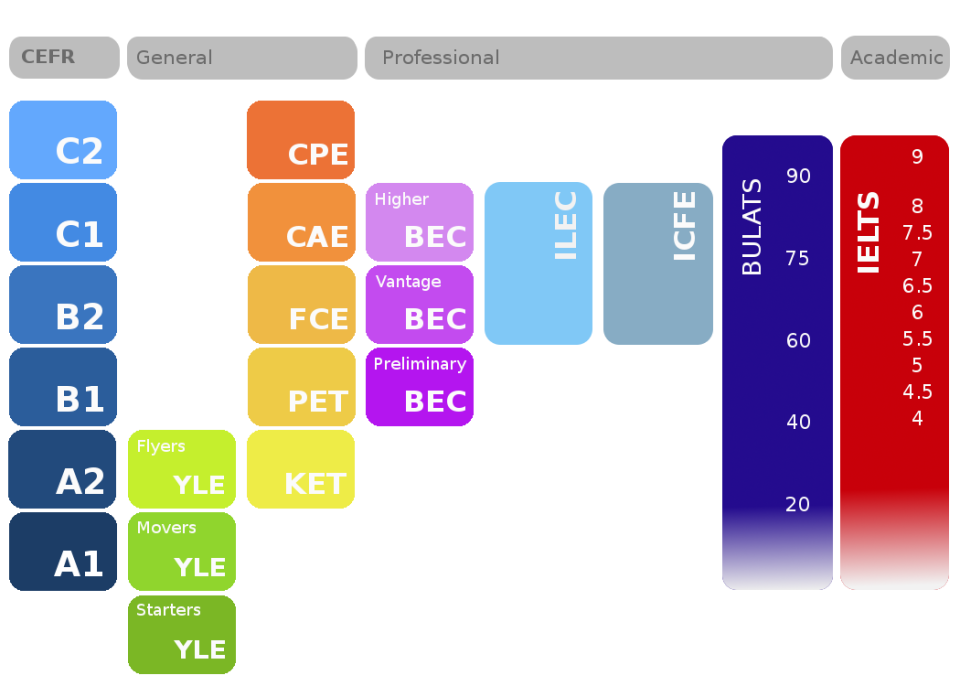 That being said, it’s crucial to enroll your little one in a school that will not only teach him/her but also helps develop in him/her a love of learning.
That being said, it’s crucial to enroll your little one in a school that will not only teach him/her but also helps develop in him/her a love of learning.
Smaller Scholars Montessori Academy helps children become more confident, creative, and independent through the acclaimed Montessori experience. You can enroll your child in the toddler program, which is for kids between the ages of eighteen months and three years, or in the primary program, for children between three and six years. In both programs, children have a rich classroom environment in which they are encouraged to explore, learn, and thrive. Then, as children grow older, they can explore the elementary program for kids up to twelve years old.
What are you waiting for? Ensure your child learns the alphabet and how to read by enrolling your child in Smaller Scholars Montessori Academy! Contact them to learn more.
When Do Kids Learn The Alphabet?
Children typically start learning the alphabet around 2-3 years old. Some typically start learning their…
Some typically start learning their…
Children typically start learning the alphabet around 2-3 years old. Some typically start learning their ABCs between 3-5 years old, but it can be as late as 7 or 8 years old for some kids. So there’s no set age for this milestone. New research shows that by the time they are 2 years old, most kids have already learned how to recognize many alphabet letters.
Now researchers at the University of Washington’s Institute for Learning & Brain Sciences (I-LABS) have conducted a study showing that most toddlers learn letter names long before they can identify them on their own.
If as a parent, you are wondering when your child learn their alphabet. Then relax. They may have started their learning process without your knowing. Thinking how? Well, your child may have started looking at all the letters and pictures in books, on signs, and in magazines for a while now. They may know some of the letters like A-D but they still struggle to figure out what all of the other ones are.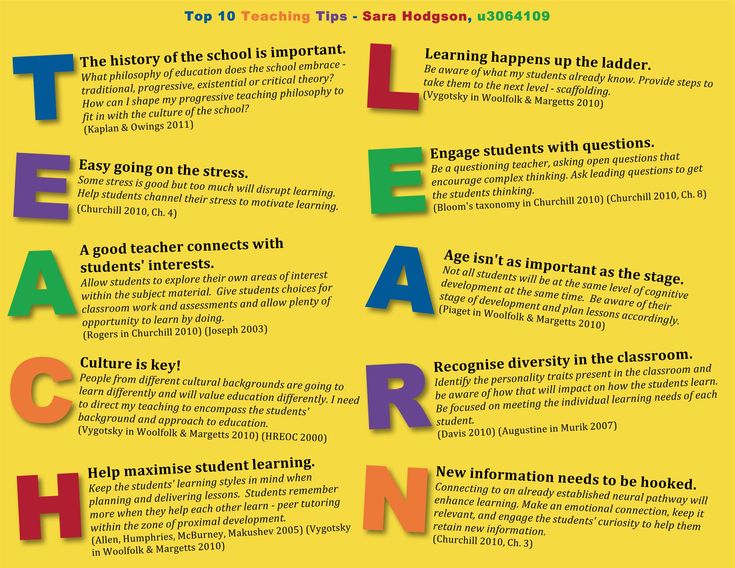 This is completely normal because it can take most children anywhere from 18 months to 3 years to become fluent readers!
This is completely normal because it can take most children anywhere from 18 months to 3 years to become fluent readers!
The best thing you can do as a parent is to help your little one in the learning process so that they can practice recognizing words and sounds. You should also have them write down what they see on signs or labels too!
The ABCs are the first letters of the English alphabet. They help us learn to read, write and spell. The ABCs is an educational game for kids aged 3-8 years old where parents can choose what level of difficulty they want to play on – easy, medium, or hard. It’s a fun way for kids to learn their alphabet!
The ABCs are a set of 26 individual letters that represent the most common sounds in English. The alphabet is used to teach kids how to read and spell words, so they need to know what the ABCs are! An alphabet is a set of symbols or individual letters which represent speech sounds (phonemes) in languages with alphabetic writing systems like English.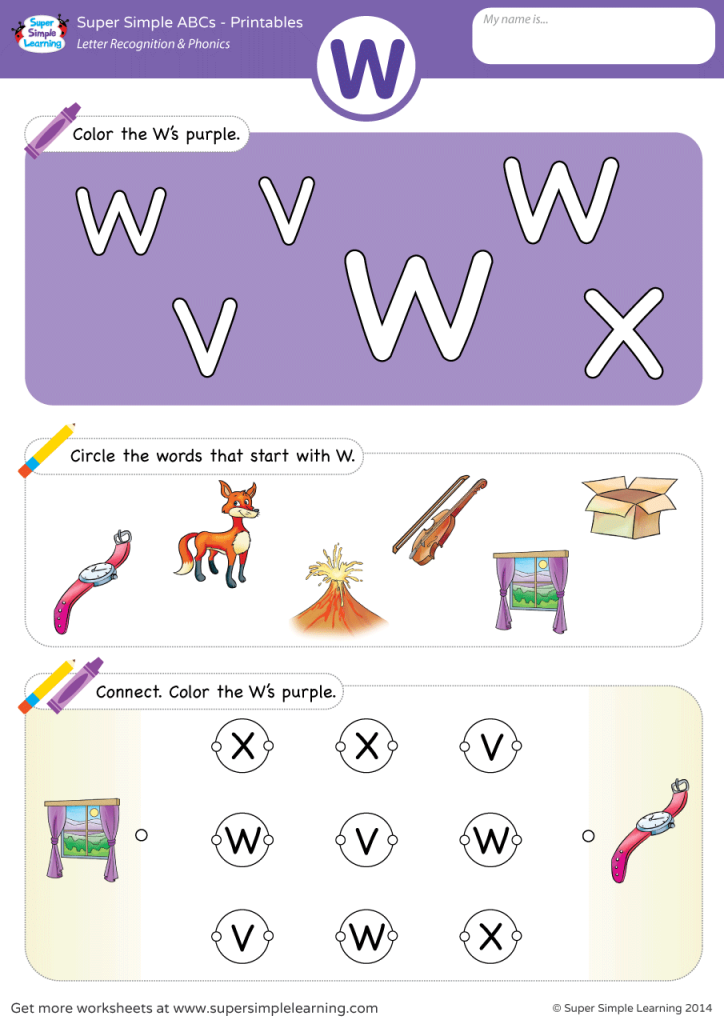 There are several different types of alphabets including Latin, Cyrillic, Hebrew, Arabic, and Japanese kanji scripts. All these languages use at least one type of alphabet because each letter represents a phoneme (or sound).
There are several different types of alphabets including Latin, Cyrillic, Hebrew, Arabic, and Japanese kanji scripts. All these languages use at least one type of alphabet because each letter represents a phoneme (or sound).
At what age parents can teach the kids the alphabet?
The alphabet is not taught until around kindergarten. Kids learn the alphabet easily when recognize letters with pictures of objects. Kids first learn uppercase letters, then lowercase letters. When kids are first learning the alphabet, they may not be able to read it yet but will associate it with certain sounds or shapes.
Students should know their ABCs before they enter 1st grade because that’s when they start reading books in school that have words spelled using more than one letter at a time.
Timeline of kids learning the alphabet
1. A child’s first steps in learning the alphabet happens when they are between 18 months and 2 years old.
2. Kids learn all the letters by recognizing their shapes, and sounds.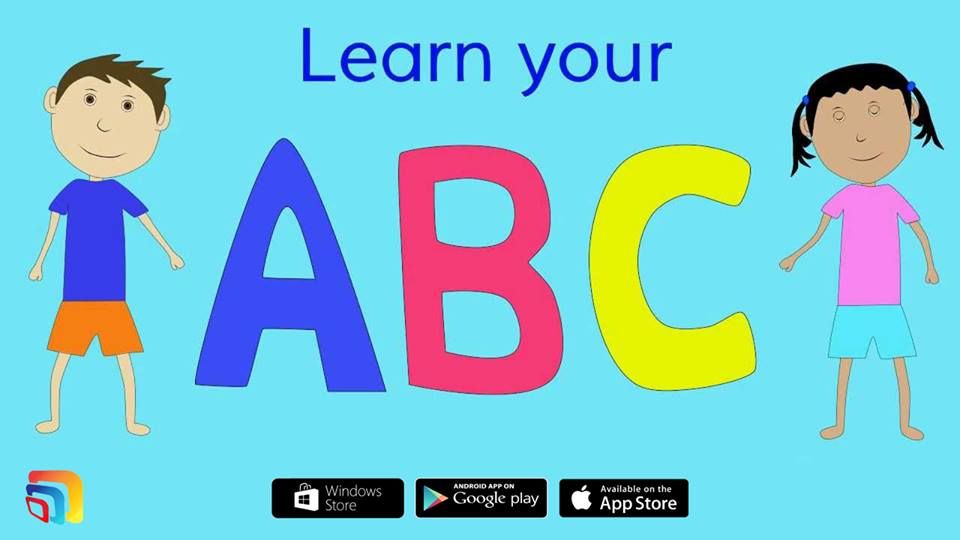
3. When kids are about 3 or 4 years old, they start to recognize that there is a connection between letters and words.
4. Around age 5 or 6, children will be able to read books on their own without any help from an adult.
5. Kids usually finish learning the alphabet by around 7-8 years of age.
6. In kindergarten classrooms, students typically start with letter recognition before moving on to reading simple sentences aloud.
If your child has not started learning the alphabet, then it could be any developmental issue or learning disability. In this case, one should prefer a doctor. Further parents can help their children learning alphabets with the help of phonics.
The word “phonics” is often misunderstood. It does not refer to sounds but rather the teaching of letter-sound relationships and patterns.
What is phonics?
Phonics is a way of teaching language by breaking it down into smaller, easier-to-understand parts. It teaches reading and spelling skills by blending the sounds that makeup words together to form those words. It is the process of learning how to read new words by sounding them out. Children become competent readers when they can use phonics skills with ease, but it often takes time and practice before children develop these skills.
It is the process of learning how to read new words by sounding them out. Children become competent readers when they can use phonics skills with ease, but it often takes time and practice before children develop these skills.
Phonics is a system of reading and writing that builds on the letters in our alphabet, each one representing a sound. For example, “a” letter sounds “ahh” sound when we say it out loud. Phonics introduce letters, teaches kids learning letters by sounding them out and figuring out what they represent.
Children who are taught phonics usually do better in school than those who aren’t. It helps them learn quickly and easily without getting frustrated. It’s also much easier for children with dyslexia to learn phonics rather than memorizing whole words or trying to figure out what something says by looking at its shape alone!
Why is learning the alphabet important?
The alphabet is one of the most important things to learn for children. The reason kids need to know their letters is so that they can read and write, which are both very important skills in life.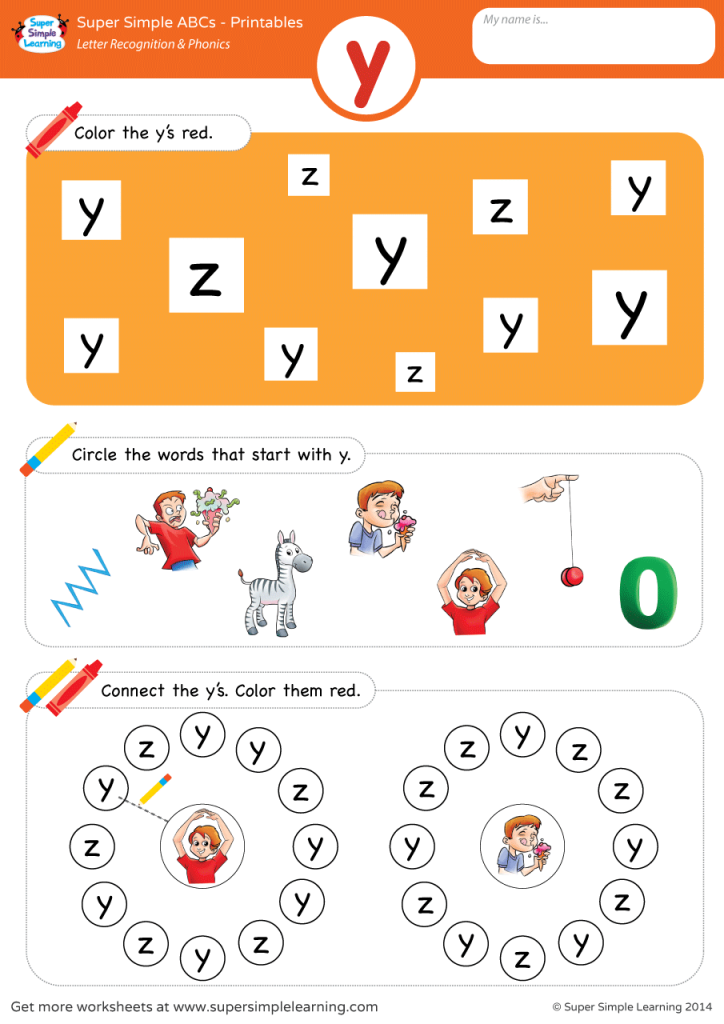 Knowing your ABCs can help you get into a good school or get a good job someday!
Knowing your ABCs can help you get into a good school or get a good job someday!
Learning the alphabet is one of the most important things a child can do in their first few years of life. The sooner they learn it, the more opportunities they will have for success in school and beyond. Here are just a few reasons why:
- It lays a foundation for all reading skills.
- It helps children develop vocabulary and language comprehension as well as spelling and writing skills later on.
- It prepares them for kindergarten by developing fundamental skills like recognizing letters and matching sounds with letters, etc.
Why is phonics important for children to learn early on?
Phonics is a vital skill to learn for children as early as preschool age. This skill will help them read and write better, which in turn helps with their academic performance. In addition, it lays the foundation for lifelong literacy skills that can be used throughout adulthood. The best way to teach phonics is through interactive reading and writing activities that are designed specifically for the child’s age group.
The best way to teach phonics is through interactive reading and writing activities that are designed specifically for the child’s age group.
“Phonics teaches children how letters and letter combinations represent different sounds.” It may be one of the most important skills for pre-schoolers to learn because it will help them decode words as they start learning how to read. Teaching phonics early on can give a child a head start when it comes to literacy, which has been shown by numerous studies. A study from 2013 showed that students who started this early were more successful four years later than those who started later due to earlier exposure and better understanding.
How can parents help their children with learning the alphabet?
Kids go through a lot of changes as they grow up. From learning to walk and talk, to excelling in school subjects like reading and math, children are constantly growing smarter every day. One important skill that kids need for success is the alphabet.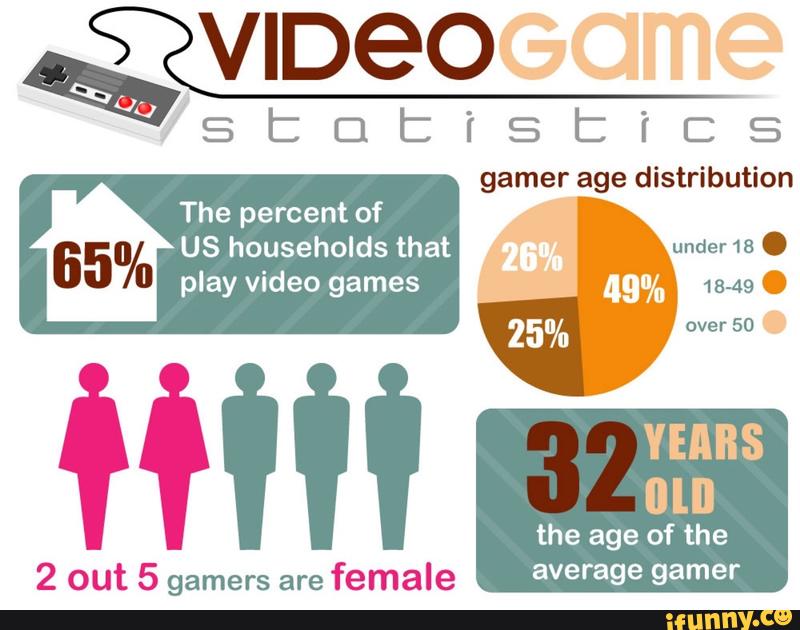 Parents should start with an ABC song at around kids’ 18th months. It will help the kids learn their letters by associating each letter with a word (A=Apple). The next step is teaching phonics, or how sounds make different letters (B=Bee). You can use alphabet puzzles. You can also make your child to write letters. By combining these skills, you can help your child succeed in future classes!
Parents should start with an ABC song at around kids’ 18th months. It will help the kids learn their letters by associating each letter with a word (A=Apple). The next step is teaching phonics, or how sounds make different letters (B=Bee). You can use alphabet puzzles. You can also make your child to write letters. By combining these skills, you can help your child succeed in future classes!
5 Tips for helping your child understand their ABCs
The ABCs are a vital part of every child’s life. But the alphabet is more than just 26 letters. It’s an important set of tools to help your children learn, grow and succeed! Here are some tips for helping your child understand the ABCs so they can be successful in school and life.
The following list includes six tips ensuring that your child understands their ABCs:
1) Make your kid speak the alphabet
Give a book to your kid. Tell them to have a look at them. Then make them read the letters aloud. Continue this process until all 26 letters have been said in the order.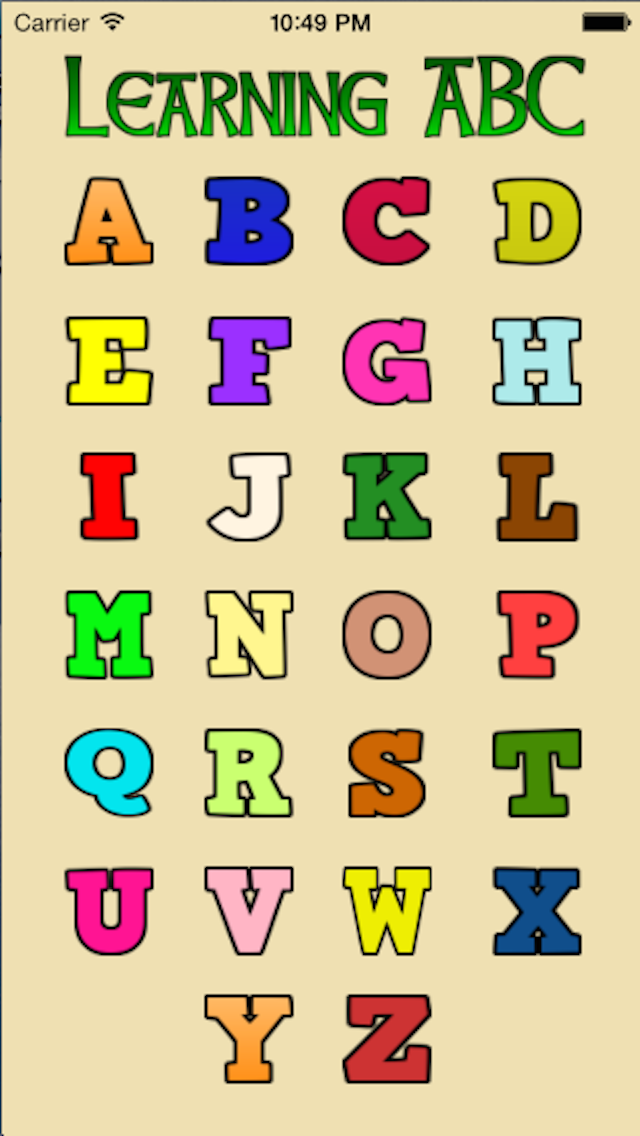 Finally, tell them to repeat the process on their own. If they do any mistakes, correct them. This way they will learn to pronounce the alphabets.
Finally, tell them to repeat the process on their own. If they do any mistakes, correct them. This way they will learn to pronounce the alphabets.
2) Teach them to recognize letter shapes
Let’s be honest, it can be a tedious task trying to remember all 26 letters in alphabetical order. But it doesn’t have to be! Teaching your child about letter shapes can make this process easier for you because you can show them what each letter looks like rather than just saying its name out loud. Make this process as much as interesting as you can.
3) Introduce new letters by matching them with pictures
Here are some great ways to introduce new letters by matching them with pictures that children will love!
- A matched with apple -B matched with baby bear -C matched with Christmas tree, etc.
- The connection of letters and pictures will help the kids to learn the alphabet better.
4) Play games like I Spy or charades
I Spy or charades can help your child with their vocabulary and reading skills. It has been found that children who play these types of games have an increased understanding of words when they are read aloud to them. This is because the process in which they learn how to play such a game mimics what it’s like to read silently.
It has been found that children who play these types of games have an increased understanding of words when they are read aloud to them. This is because the process in which they learn how to play such a game mimics what it’s like to read silently.
Choose one player (or two players) to be the reader. Another player (or two) will be helping by giving clues, singing a song, or making a noise. The goal of the game is for the reader to guess what letters you are thinking about.
5) Make them write their ABCs on paper
To make your child remember more letters, they need to be able to write them down using their creativity and imagination. Make them draw, color, and write the letters in order. They will learn how to spell and which sounds each letter makes when combined with other letters.
Conclusion
Once your child has learned the alphabet, you can teach your little ones how to read by using the alphabet song. Teach them the sound that each letter makes and eventually they will learn how to read!
How to learn the alphabet with a child? The ideal age for learning and methods for memorizing letters
Today we will learn how to quickly learn with children the alphabet , what age for learning is ideal , as well as what are the best methods 5 ways to memorize letters
HOW TO LEARN THE ALPHABET WITH A CHILD? IDEAL AGE FOR LEARNING AND LETTER MEMORY METHODS
Good afternoon, today we will talk about how quickly learn with a child alphabet , what is 9000 letters .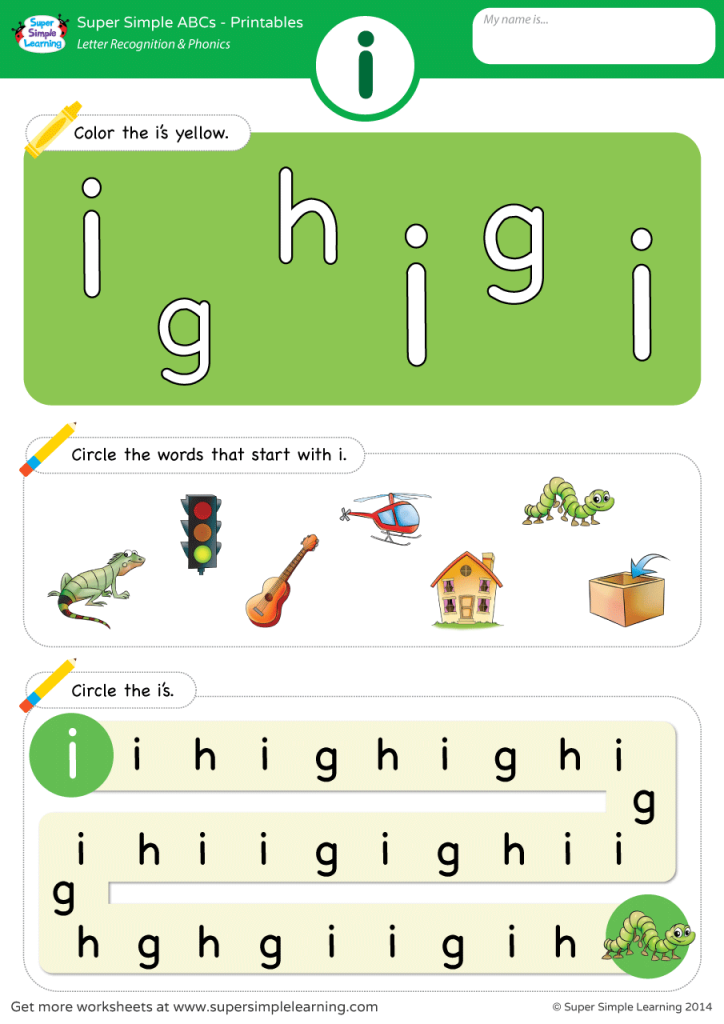
In fact, determining the ideal age at which to start learning the alphabet is quite difficult. For each child, this is individual and depends on the intellectual and emotional development, the ability to concentrate one's attention, as well as the child's interest in learning.
9002
To teach someone, it is very difficult, first of all, it is worthwhile to pass the baby, explain their importance in everyday life.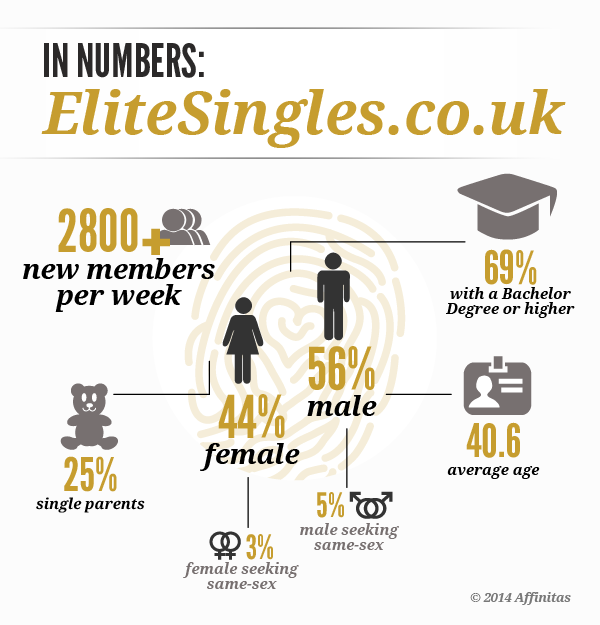 The daily ritual of reading a book will stir up interest in learning the alphabet, and the natural curiosity and desire to learn something new characteristic of an early age will be excellent incentives to study.
The daily ritual of reading a book will stir up interest in learning the alphabet, and the natural curiosity and desire to learn something new characteristic of an early age will be excellent incentives to study.
At what age does a child begin to recognize the letters of the alphabet? The ability to quickly memorize sounds, names and associate them with visual images comes to a child at the age of , the ability to correctly pronounce letters and sounds by the second year of life.
However, this does not mean at all that teaching a baby the alphabet should take place from the cradle, since a child is able to master reading skills on average by 4-5 years old , and by this time it is unlikely that it will be possible to stir up interest in letters and the child will have to learn them again.
9000
9000 9000 What methods of studying the alphabet is better to use? 0004 three types of memory – auditory , visual , tactile .
 With the development of the child, associative or figurative memory, as well as logical memory, can join them.
With the development of the child, associative or figurative memory, as well as logical memory, can join them.
Already at school age, a child can determine in what form information is better absorbed, playing or listening to material, watching videos, reading books on their own, or even associations that help remember complex names or dates. But young children are not able to say what is best for them, so parents should try all methods at the beginning of learning the alphabet.
When is the best time to introduce your baby to letters? It is necessary to start learning letters with a baby from an early age, devoting 4-5 minutes to this lesson in a day and always in a playful way. In order to draw the child's attention to the alphabet, you can purchase a beautiful wall alphabet, but it is better to make it yourself, since the pictures next to the letter should be recognizable by the baby and evoke pleasant emotions.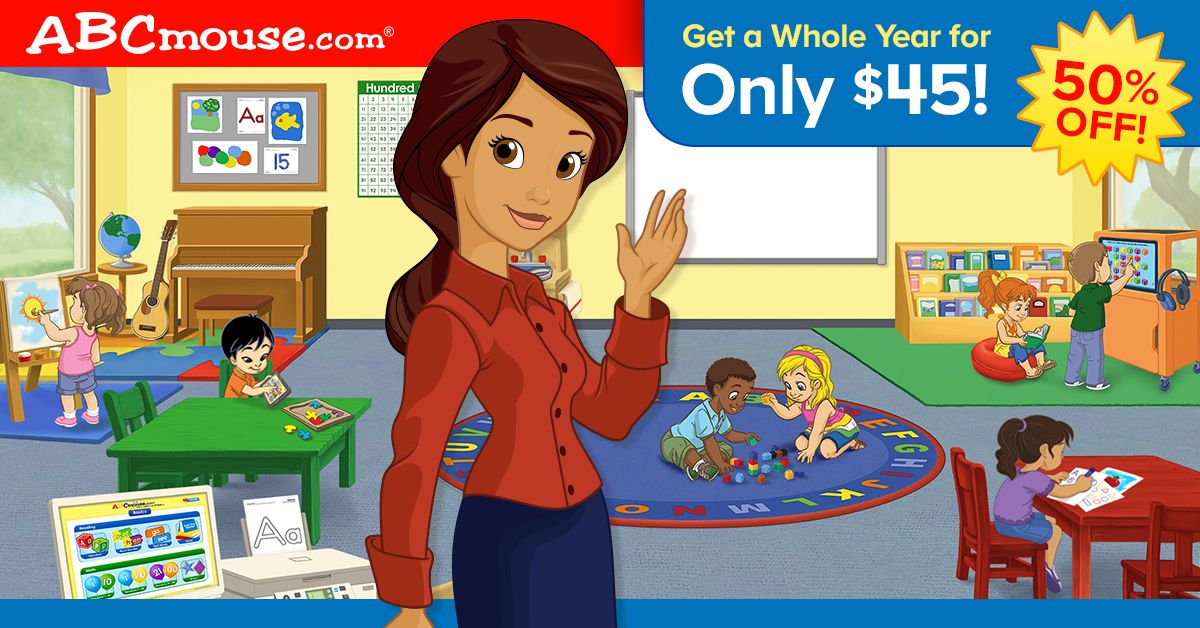
So, for example, a dog or an elephant can be depicted near the letter “C”, and the baby is afraid of them, or an unfamiliar object can mislead the child and complicate the task, since the baby will have to remember both the letter and the name of the object starting with this letter .
When creating an alphabet in pictures for a baby from 3 to 5 years old , preference should be given not to the table, but to separate fragments that can be hung around the apartment or changed as the learned letters accumulate. This is necessary so that the child's attention is not scattered to other letters, the name of which he has not yet learned.
In addition, this self-made alphabet on sheets can be hung according to the items in the apartment. For example, the letter “ K ” can be attached to the back of the bed, “ T ” can be hung near the phone, and so on.
In order for the child to merge letters into sounds in the future, it is recommended when learning the alphabet not to name letters, but the sounds they mean. It will be easier for the baby to read the word " mom " if the letter " em " he will know as " m ".
It will be easier for the baby to read the word " mom " if the letter " em " he will know as " m ".
9000
9000 9000 How to study the alphabet in the game form? Learning by playing is the surest way to attract the attention of the baby and keep him for a long time, but any game can get bored over time, so parents should have several game methods for learning the alphabet in stock.
Children, as a rule, are very restless people and classes should be not only fun, but also active. You can use multi-colored cubes with familiar letters, scattering them around the house or even hiding them, and then encourage the child to find them and collect them in a box. For older children, you can tell hints, or lead “ cold - warm ”, and the cubes can be assembled into a word meaning a prize for the winner in this game.
Method 9 can be used to develop auditory memory0004 drawl of the word in the picture with the letter. Such electronic alphabets can be purchased at a children's store. They are very colorful, and the child likes to click on the squares with letters and listen to funny voice acting, as for example: “ N - n-n-rhinoceros , M - m-m-ball ” the kid should hear the letter in this word and understand , why this particular picture is depicted next to the letter.
For the development of figurative thinking, you can ask the child to depict this or that letter, for example, holding hands by the sides, show the letter “ f ”, while allowing the child to show imagination without imposing clichés and stereotypes on him. You can also dream up and come up with a fairy tale with letters, for this you may need three-dimensional letters made of plastic or hand-sewn from stuffed matter.
When teaching a child the alphabet, remember that more than one person has not been left without such knowledge, and sooner or later your child will also remember all the letters, then learn to merge them into syllables and words, read fluently.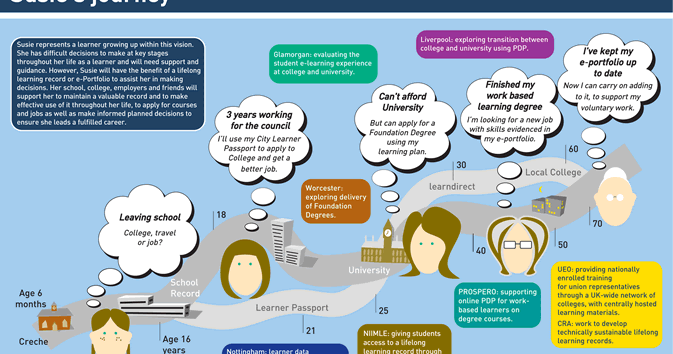 You should not be nervous, and even more so shout at the child if he does not remember anything, this will only upset the baby and make him unwilling to study further.
You should not be nervous, and even more so shout at the child if he does not remember anything, this will only upset the baby and make him unwilling to study further.
If something does not work out, then perhaps the child is simply not mature yet or you have chosen the wrong teaching tactics, offer the child to collect puzzles with letters, color them, sculpt from dough or plasticine, find and recognize those already studied on store signs , on product packaging.
Video: “Learning letters. Alphabet for children in the form of a cartoon?
In conclusion, we note that if you have problems with teaching your baby the alphabet, then in this case, you need to look for new methods that will suit your child. The most important thing that we must remember is that if we manage to choose the right method for teaching the baby the alphabet, then learning the letters will become a joy for him and the memorization process will go much faster.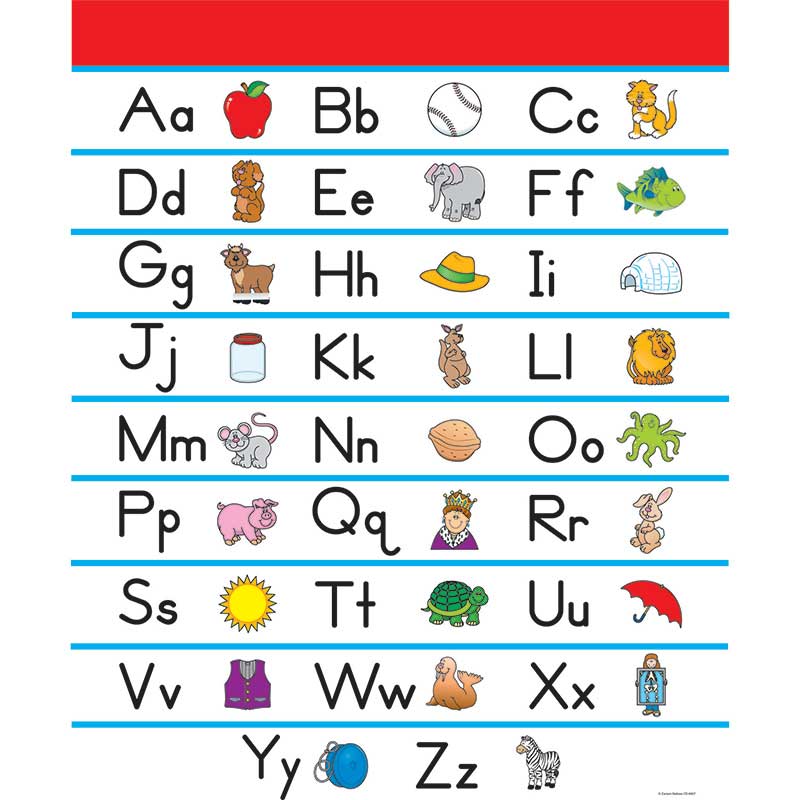
THANK YOU SO MUCH FOR YOUR ATTENTION . LEAVE YOUR COMMENTS , SHARE WITH YOUR FRIENDS .
WAITING FOR YOUR FEEDBACK AND SUGGESTIONS .
Learning to read by syllables, teach Russian alphabet for children
Home -forces and diploma
Reading and diploma
Course Learn the letter
View all
Letters A
Letter B
Letter G
letter d
letter E
letter y
letter w
letter Z
View all
letters and sounds
View all
We study vowels
Learn the sound (1)
Learn the sound sound sound sound in a word
Distinguish letters
Inverted letters
Guess the sound by letter
The first and last sound in the word (1)
The first and last sound in the word (2)
Do you know the alphabet?
View all
We read the syllables and words
View all
Read verbs (1)
Read verbs (2)
Compose words (1)
Machine (2)
Slogoi (1)
Slogo game (2)
Slogo game (3)
Which syllable is extra? (1)
Which syllable is missing? (2)
View all
Read phrases and sentences
View all
Decoder
Simple sentences (1)
Simple sentences (2)
View all
Develop speech
View all
Decoder
Studyers
Simple sentences (1)
We study the prepositions (2)
simple sentences simple sentences simple sentences.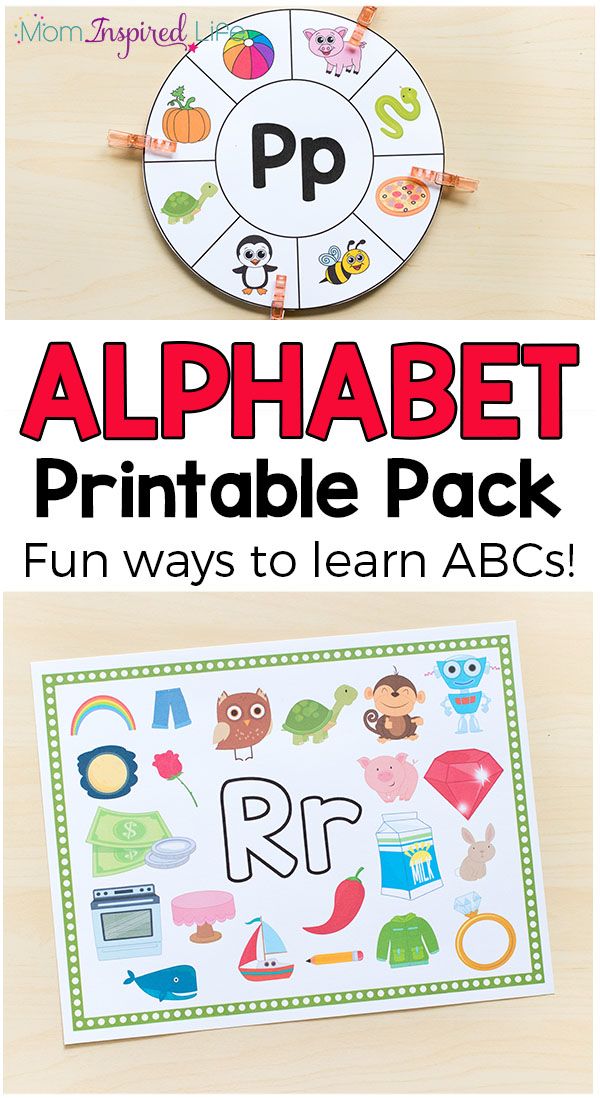 (2)
(2)
Unfamiliar words Grade 1
Unfamiliar words Grade 2
Unfamiliar words Grade 3
Unfamiliar words Grade 4
View all
Write correctly
View all
Stressed and unstressed vowels
ChA-SCHA combinations (1)
Zhi-Shi combinations (1)
Grammatical blitz (2)
Dictionary words after hard and soft vowels
consonants (2)Vowels after hard and soft consonants (3)
Vowels after hard and soft consonants (4)
Write out the words from the text
View all
Parsing
View all
Letter and sound (1)
Letter and sound (2)
Letter and sound (3)
Letter and sound (4)
Major and minor members of a sentence (1)
Major and minor members of a sentence 3 class
Syllable division (1)
Syllable division (2)
Syllable division (3)
View all
Learning parts of speech
View all
Prepositions (1) 9002
Parts of speech
All about the verb
Pronoun (1)
Words-objects answering the questions who? what?
Words-objects, words-actions, words-signs
Noun
Modifiable and invariable nouns
View all
Secrets of the Russian language
View all
Alphabet.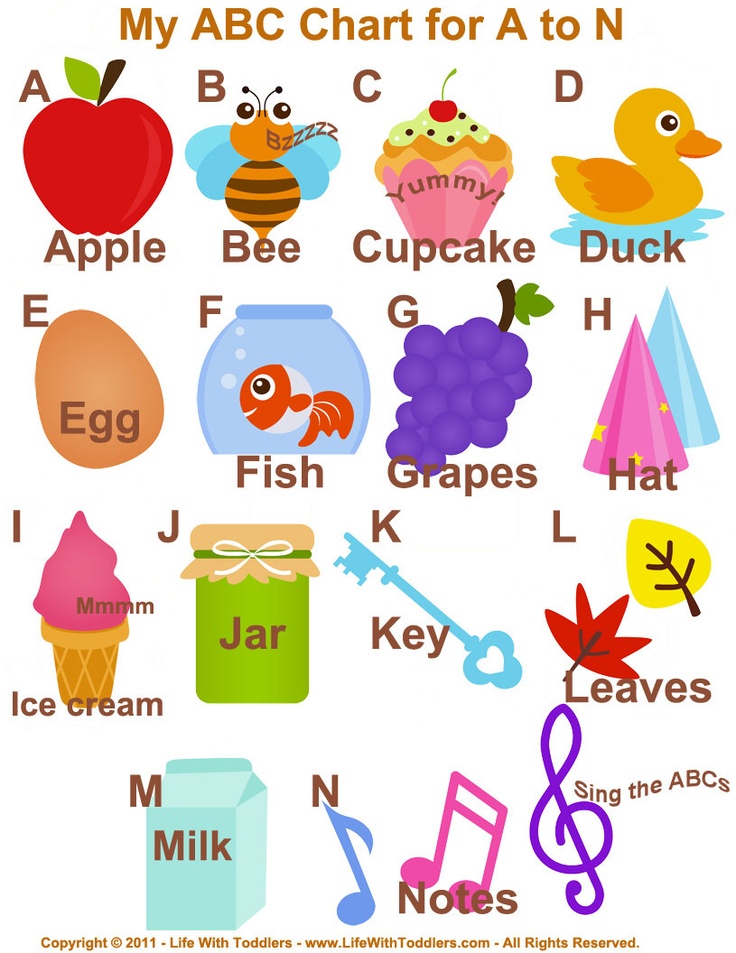 Alphabetical order
Alphabetical order
Antonyms
Interrogative sentences (1)
Dialogue and monologue
Little and deaf consonants at the end of the word
Noun
Boys-Devavnik
Multiple, borrowed and obsolete words
View all
We get acquainted with literature
View all the secret becomes clear
of the reader diary. A. Aleksin "In the country of eternal holidays"
Reader's diary. A. Volkov. Wizard of the Emerald City
Reader's diary. A. Gaidar "Chuk and Gek"
Reader's diary. A.P. Chekhov. "Kashtanka"
Reader's diary. A.S. Pushkin. "Ruslan and Lyudmila"
Reader's diary. A.S. Pushkin. The Tale of the Dead Princess...
Reader's diary. V. Gauf "Dwarf Nose" and "Little Muk"
Reader's diary. V. Kataev. Son of the regiment
View all
Alphabet online
View all
Tasks letter A
Tasks letter B
Tasks letter C
Tasks letter D
Tasks letter d
Tasks letter E
Tasks letter y
Tasks letter w
Tasks letter z
View all
See all
LECKARY PAZLIA
LECKARY SPIRITIONS IN
Decoder
Do you know the alphabet?
Distinguishing letters
Distinguishing vowels and consonants
Distinguishing sounds in pictures (1)
Guess the sound by letter
View all
How to teach a child to read by syllables?
First you need to understand that the child is ready for learning.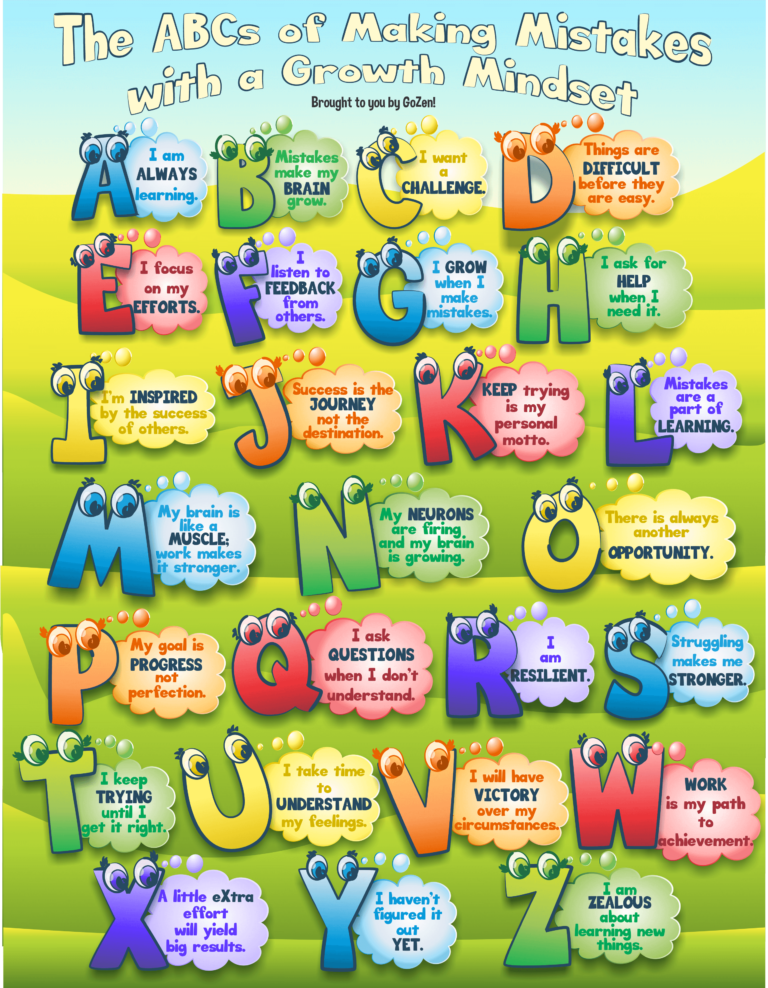 This can be verified by the following indicators: - the child's speech is clear, without serious violations in pronunciation, the child does not "swallow" sounds during pronunciation; - there is the ability to see the text; there is an understanding that these are letters - not pictures, but symbols depicting sounds. It is believed that the ideal age for learning to read is 6 years old, but one must always understand that this age is determined individually. It is better to start learning to read by syllables in a playful way, getting acquainted with individual letters. It is better to do little by little, but regularly: 15 minutes daily will be enough. After getting acquainted with the letters, proceed to reading by syllables. Reading by syllables is a technique available to every adult, it does not require special training. But you can always choose lesser-known author's methods of teaching reading, carefully studying their features and reviews of other parents. Having folded the alphabet into syllables, you can proceed to compose simple words.
This can be verified by the following indicators: - the child's speech is clear, without serious violations in pronunciation, the child does not "swallow" sounds during pronunciation; - there is the ability to see the text; there is an understanding that these are letters - not pictures, but symbols depicting sounds. It is believed that the ideal age for learning to read is 6 years old, but one must always understand that this age is determined individually. It is better to start learning to read by syllables in a playful way, getting acquainted with individual letters. It is better to do little by little, but regularly: 15 minutes daily will be enough. After getting acquainted with the letters, proceed to reading by syllables. Reading by syllables is a technique available to every adult, it does not require special training. But you can always choose lesser-known author's methods of teaching reading, carefully studying their features and reviews of other parents. Having folded the alphabet into syllables, you can proceed to compose simple words.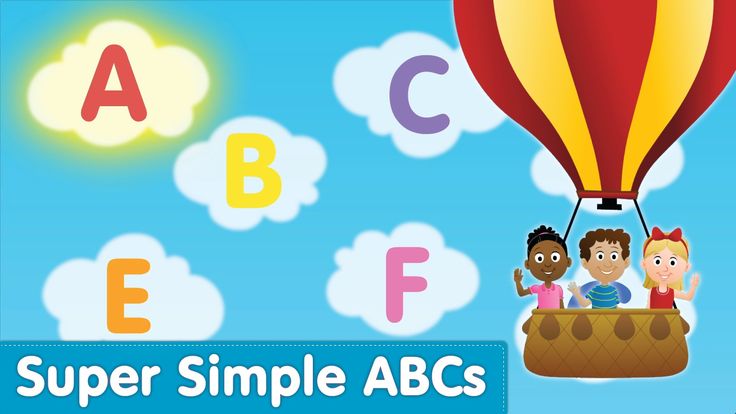 The main thing is not to force the process: when it is measured and regular, it is doomed to success!
The main thing is not to force the process: when it is measured and regular, it is doomed to success!
What is a syllable?
To successfully master the skill of reading, it is necessary to understand how to divide words into syllables. A syllable is one or more sounds uttered by one expiratory push of air. For a simple orientation, it can be taken as a rule that there are as many syllables in a word as there are vowels. Use our exercises, compiled by professional teachers, for a more effective acquaintance with this topic, so as not to confuse the concepts of "syllable division" and "word transfer".
How many words per minute should a first grader read?
The number of words read per minute, which can be used as a reference when assessing the quality of reading, is just one of the indicators. On average, the rate (or speed) of reading a first grade student is 15-25 words per minute. It is equally important to take into account qualitative indicators: how much the child understands the meaning of what is read, whether there is expressiveness when reading. To train the reading skill, it is important to be able to read not only aloud, but also silently, this is how awareness is born and further - the expressiveness of reading.
It is equally important to take into account qualitative indicators: how much the child understands the meaning of what is read, whether there is expressiveness when reading. To train the reading skill, it is important to be able to read not only aloud, but also silently, this is how awareness is born and further - the expressiveness of reading.
"The basics of literacy for preschool children are presented on our website with online exercises for learning letters, sounds, reading by syllables. Opportunities are presented for studying the alphabet, vowels and consonants, letters and sounds, adding syllables, reading the first words and distinguishing sounds in words, taking into account the hobbies of a preschooler. Find the same words, play the syllabic bingo, disenchant the enchanted words and much more! The lessons are equipped with bright and colorful pictures, illustrations understandable for the child, which will allow you to explore the magical world of letters and syllables in a playful way.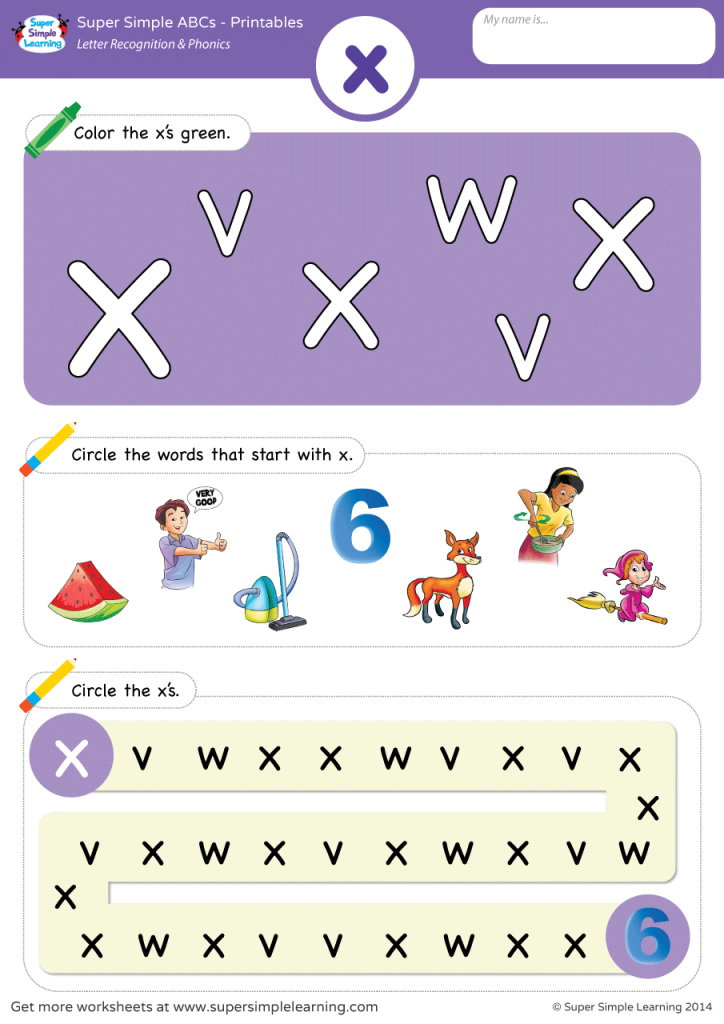 "
"
Playful activities
Your child will have a fun and productive time.
Children are engaged with pleasure, are completely immersed in the learning process and achieve results. For children under 6 who have not yet learned to read, we voiced each task.
Cups and medals for children
Awards that motivate children to achieve success.
Each child has his own “hall of awards and achievements”. If the tasks are completed correctly, children receive cups, medals and nominal diplomas. The awards can be shared on social networks, and the diploma can be printed.
Personal training
Fully controlled development of the child.
We save all the successes of the child and show you what you should pay special attention to. Make up your own training programs so that the child develops harmoniously in all the right directions.

